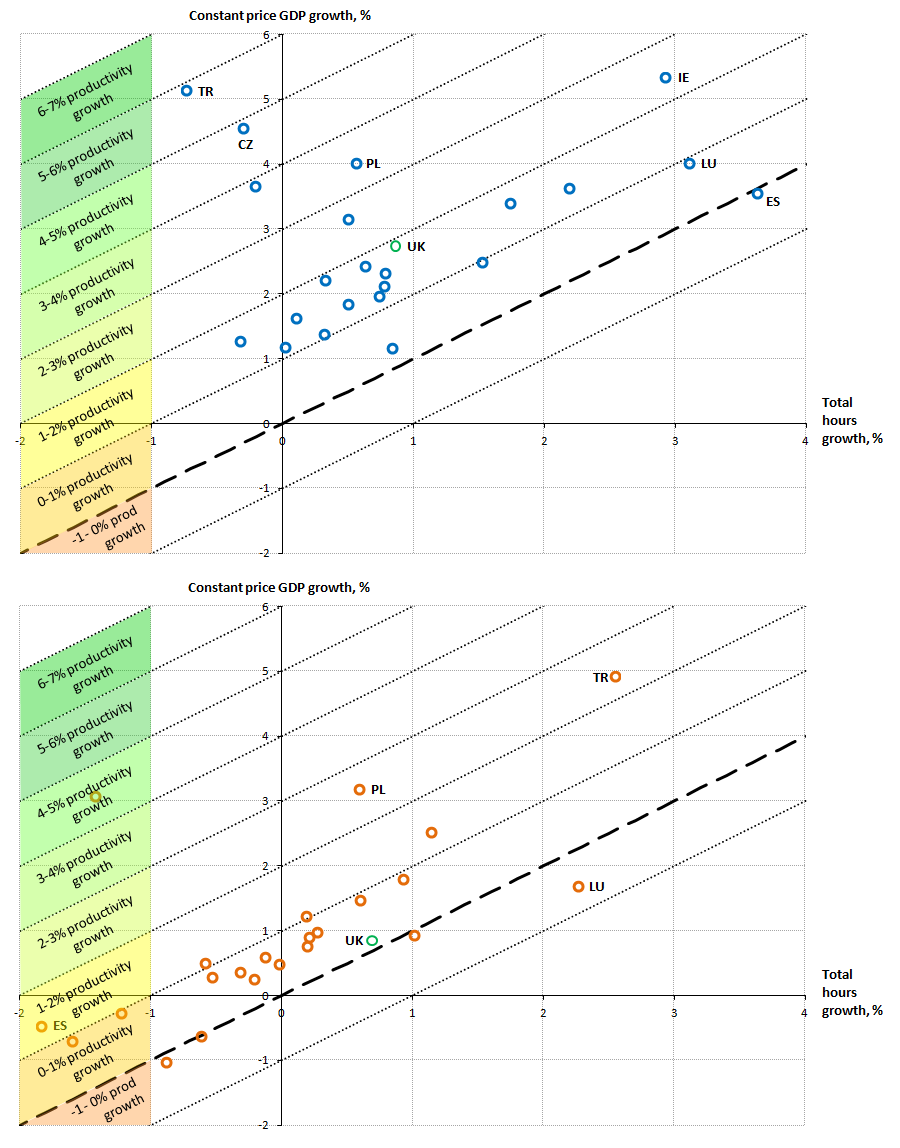[Too] many UK politicians still don’t seem to know what function an economic border has. So let’s break it down. When goods cross an international border, three things have to be enforced. First, the collection of any import duties or compliance with import quotas. Second, compliance with rules of origin, which involve preventing third-country goods from being camouflaged as the trading partners’ own production (when the latter are treated more leniently). Third, the enforcement of standards, such as food regulations, which must be met for the products to be legal in the territory they enter.
This is helpful. The point is that only the single market can deliver frictionless trade, not the alternatives e.g. a free trade area, or customs union:
An FTA takes care of the first by removing tariffs between the trading partners. A customs union takes care of the second by agreeing on the same tariffs against third-party countries (so that no rules of origin need to be checked once the goods are inside the customs union). A regulatory union takes care of the third: when the rules are the same in both countries, compliance checks when goods cross a border are unnecessary. The UK policy at the moment is to negotiate an FTA but leave both the EU customs union and the regulatory union known as the single market. But you can eliminate the need for an economic border, with checks, only if you have all three. And that presupposes a visa- and passport-free travel area, without which the people crossing the border would need to be checked as well.
Third, this means it is an error to think the Norway-Sweden border or the Switzerland-EU allows frictionless trade. Norway is in a free-trade agreement and a regulatory union with the EU (through the European Economic Area, which is both). But it is not in the customs union, so rules of origin compliance must be checked. And for this a physical border infrastructure is necessary. Switzerland is not in the EEA but in effect harmonises its regulations with the EU’s and is therefore in a comparable situation. (Norway and Switzerland are in the Schengen area of passport-free travel.)
Fourth, for good measure, let us add that promising customs and regulatory harmonisation in only some sectors won’t do: border checks would then be necessary to determine if the transported goods fell under the covered sector or not. That’s why if the UK will allow Northern Ireland some regulatory and customs alignment with the EU, it may as well permit it align across the board.
